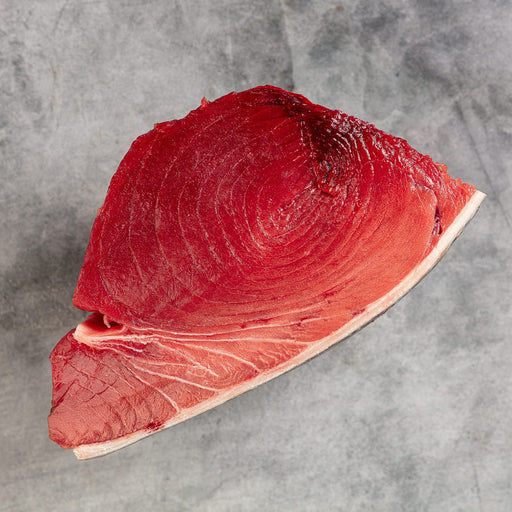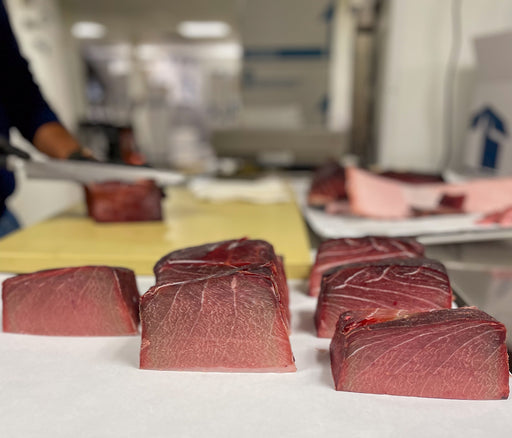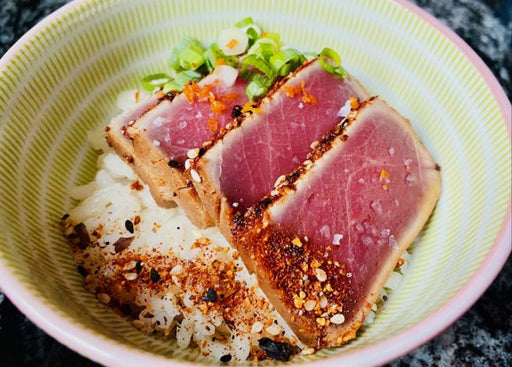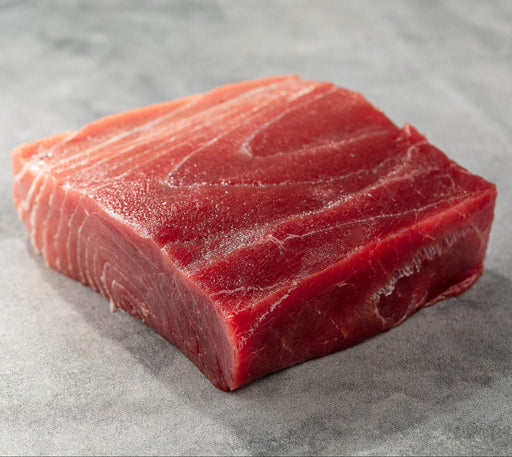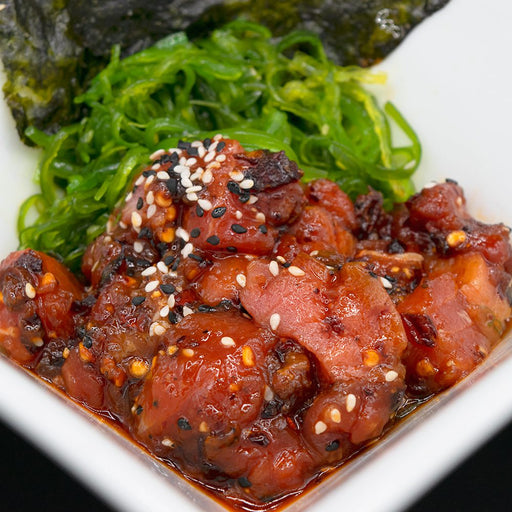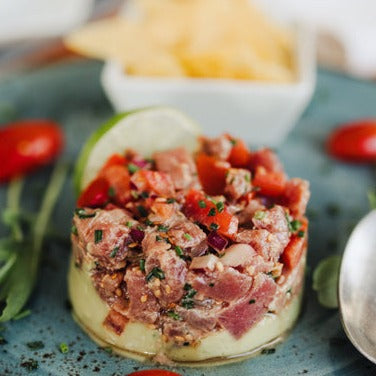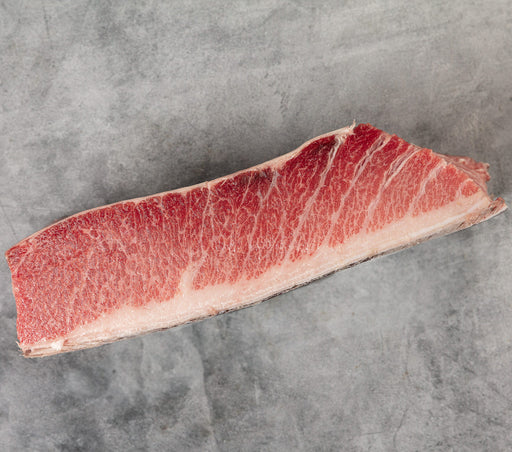Regaled throughout the world as the ultimate sushi fish, the bluefin is among the most sought after fish in the sea. Largest of the Tuna Family (and one of the largest of all fishes), it is a voracious eater that is highly migratory. Bluefin tuna migrate north along the Atlantic Coast into the Gulf of Maine to feed on schools of mackerel, herring, squid and other baitfish that concentrate here in the warm months. For generations, Maine Fishermen have gone to sea to line catch these beautiful fish. This tradition remains a large part of our commercial fishing culture in many of our seaside fishing communities.
All bluefin tuna fisheries are regulated by the International Commission on Conservation of Atlantic Tunas (ICCAT) and managed domestically by the National Marine Fisheries Service (NMFS). Although highly migratory, the global bluefin population is recognized by ICCAT as two distinct biological stocks, the Eastern Atlantic (including the Mediterranean Sea) and the Western Atlantic stock (inclusive of our fish in the Gulf of Maine). The restricted quotas for allowable catch established by ICCAT and regulated in the US by NMFS are designed to reestablish sustainable populations of both the Western and Eastern bluefin tuna populations. Fishing within these guidelines, commercial Maine fisherman most hold permits, abide by a seasonal quota, and can land only three bluefin per boat per day. These are small, day-boats fishing by hook and line.
These gigantic fish are fast swimming and found in tropical and temperate waters around the world. While some have been known to reach over 14 feet in length and weigh over 2,000 pounds, most of our commercial landings are 300-400 pounders. Shaped like a bullet, they have a steel blue-black upper body and silver side and bottom, with distinctive yellow flashing on their dorsal finlets. Every Gulf of Maine bluefin tuna we purchase is graded on site to confirm its quality rating. We use a sashibo (a Japanese-made sharp metal probe that removes a thin core from the fish) and evaluate the flesh for color, visible fat content, and texture. Once it passes our inspection, we commit to the purchase of the fish. We butcher our fish here at our facility.
Bluefin is traditionally served raw: as sushi, sashimi, nigiri-sushi and in tartare, carpaccios or as crudo. For those who like to put heat to their bluefin, it should be lightly seared as a one would a medium rare steak on the grill or under the broiler.
Sold online as 2 pound cuts of loin. Sushi grade. Two pound toro cuts also available.
Catch Region: Gulf of Maine
Seasonality: June – October, Subject to Catch Limits
Catch Method: Rod & Reel (preferred), Line & Harpoon
Yield (Fillet Percentage): 78%
Flavor Profile: Distinctive, Full
Texture Profile: Firm
Substitute:
- Yellowfin Tuna
- Swordfish
- Amberjacks (Kampachi, Hamachi)



